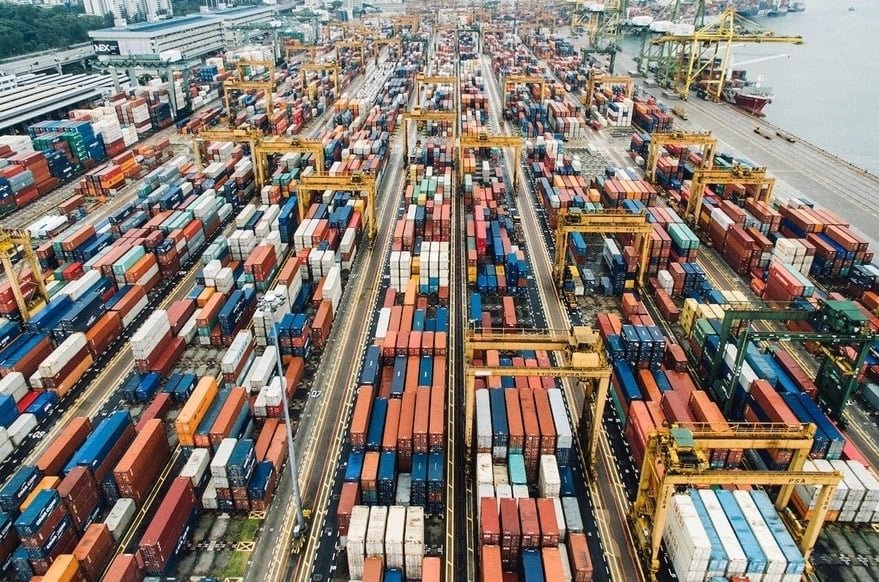
A dramatic decline in Antarctic sea ice has been linked to an unusual and still-unexplained rise in ocean salt levels, raising new concerns about the stability of Earth’s climate system.
Sea ice around the southern continent began shrinking steadily in 2015. By July 2023, the ice had fallen to 0.6 million square miles below the historical average—an area larger than Western Europe. Despite expectations of recovery, the ice has continued to retreat.
Scientists say the meltdown appears tied to a sharp increase in salt levels in the surrounding waters. The findings were published in the journal PNAS. “We were surprised,” said Alessandro Silvano, senior scientist at the University of Southampton and lead author of the study. “We usually associate melting ice with freshening of the ocean. This points to a more profound structural shift in the Southern Ocean.”
A vital shield for land ice and global stability
Antarctic sea ice plays a crucial role in regulating the global climate. It shields land ice from warmer waters, reflects sunlight into space, and helps trap carbon dioxide beneath the ocean’s surface.
Arctic sea ice has declined steadily for decades, while Antarctic ice grew, peaking in 2014 before the decline began in 2016. That reversal has marked a major shift in the region’s long-term trend.
Climate change is widely considered the driving force behind the loss, yet predicting how ice will respond remains challenging. Sea ice forms where the ocean meets the air, and both systems are complex. The Southern Ocean’s remote location adds to the challenge.
Satellites detect salinity changes linked to ice loss
To explore the recent changes, Silvano’s team analyzed data from the European Space Agency’s Soil Moisture and Ocean Salinity satellite, which detects salt concentration by measuring microwave signals reflected from the ocean’s surface.
Their analysis, covering the years 2011 to 2023, revealed a clear pattern: areas with shrinking sea ice showed a matching increase in surface salinity. One of the strongest signals came from the Weddell Sea, where the Maud Rise polynya—a large open patch of water—reappeared. Data from ocean buoys confirmed the results.
Salty surface water breaks down ocean stability
Under normal conditions, a layer of fresh water sits on top of the ocean, preventing warmer, deeper waters from rising, but salt water is denser. As the ocean surface becomes saltier, this barrier breaks down, allowing heat to rise and melt more ice.
“This finding caught us off guard – melting ice typically makes the ocean fresher. But new satellite data shows the opposite is happening, and that’s a big problem. Saltier water at the ocean surface behaves differently than fresher seawater by drawing up heat from the deep ocean… pic.twitter.com/xBpO4gMVMP
— Ryan Katz-Rosene, PhD (@ryankatzrosene) July 1, 2025
With less sea ice, that cycle accelerates. The ocean loses more fresh water, warming increases, and ice loss speeds up—a feedback loop that could worsen over time.
Researchers investigate a possible climate tipping point
Silvano and his colleagues now plan to research whether the 2015 salinity spike marked a tipping point for the region. They also aim to understand how this process might affect ocean circulation and carbon cycling, with potential consequences for the global climate.
“The timeline for these changes to have widespread global consequences is uncertain,” Silvano said. “If the current trends continue, we could begin seeing more pronounced effects within a few decades.”
Experts call for more data and urgent action
Other experts have called the study a breakthrough. “The fact that this change in salinity is counter to what we expect under climate change suggests there are processes at play that we don’t fully understand,” said Ariaan Purich, a polar climate expert at Monash University. It shows that key ocean processes may be missing from current climate models.
Caroline Holmes, a polar researcher at the British Antarctic Survey, added that more real-world data is urgently needed. “The Southern Ocean below the surface is chronically underobserved,” she said. “There is momentum at the moment building towards two major initiatives, Antarctica InSync and the International Polar Year, that would do just that.”
Silvano warned that continued sea ice loss could unlock carbon stored deep beneath the ocean, adding to atmospheric greenhouse gases. “This process is not yet fully understood,” he said. But it “warrants urgent further investigation.”


